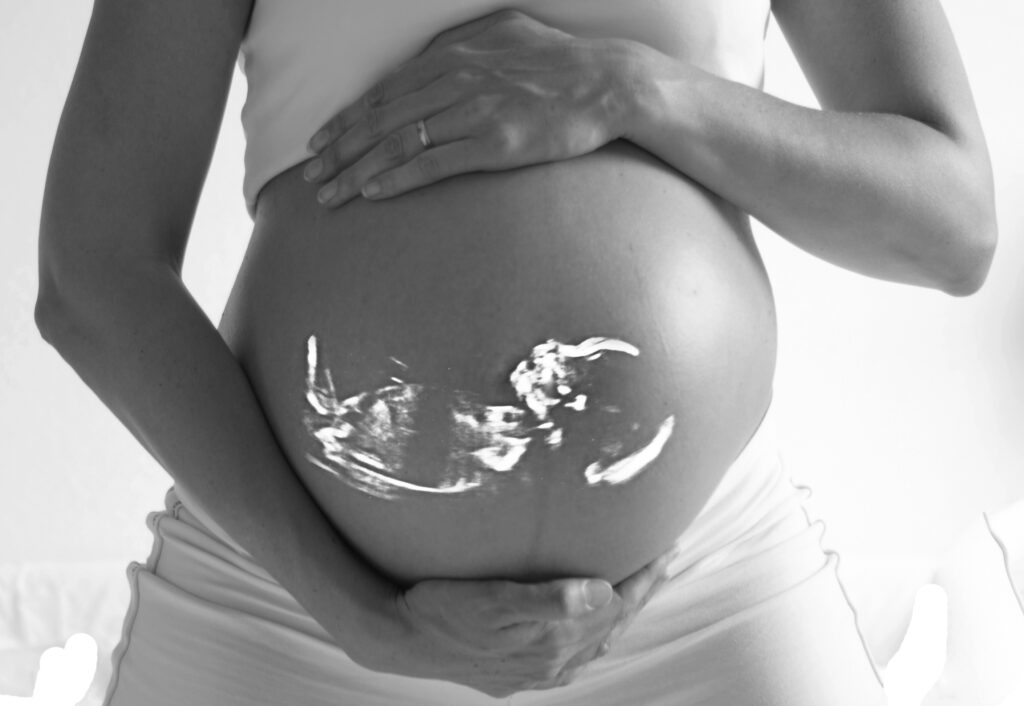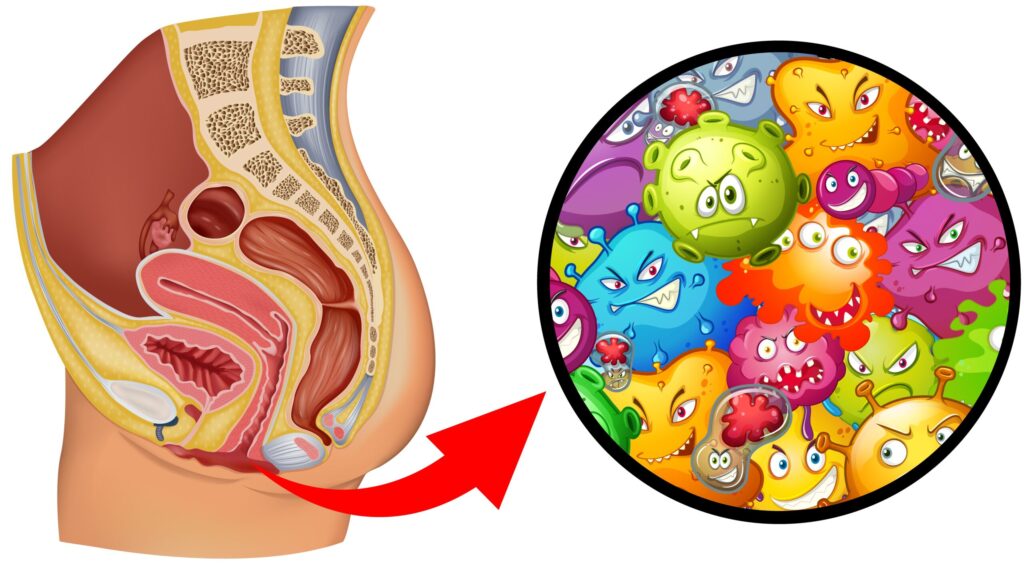What is the Menstrual Cycle: Unveiling the Rhythms of Reproduction

The menstrual cycle is a natural and intricate process that unfolds within a woman’s body, encompassing a series of events that prepare the reproductive system for potential pregnancy. This article delves into the multifaceted layers of the menstrual cycle, shedding light on its phases, hormonal intricacies, and the profound significance it holds in the tapestry of a woman’s reproductive health.
The Phases of the Menstrual Cycle: Navigating the Intricate Journey
The menstrual cycle, often referred to as a woman’s “monthly cycle,” is a fascinating and meticulously coordinated sequence of events that underpins the marvel of female reproduction. This intricate journey is divided into four distinct phases, each playing a pivotal role in the body’s preparation for potential pregnancy and subsequent menstruation.
1. Menstrual Phase (Days 1-7): Initiating Renewal
The menstrual phase marks the commencement of the menstrual cycle. During this phase, the body sheds the uterine lining (endometrium) that was previously built up in preparation for pregnancy. This shedding results in menstrual bleeding, which typically lasts for about 3 to 7 days. Hormone levels, including estrogen and progesterone, are at their lowest point during this phase.
2. Follicular Phase (Days 1-14): Nurturing Potential
As the menstrual bleeding subsides, the follicular phase begins. This phase is characterized by the growth and maturation of follicles within the ovaries. Follicle-stimulating hormone (FSH) plays a vital role in stimulating the development of these follicles, each of which contains an immature egg. As the follicles grow, they produce estrogen, a hormone crucial for thickening the uterine lining. This phase sets the stage for ovulation.
3. Ovulation Phase (Around Day 14): The Fertile Window
Ovulation, a moment of paramount significance in the menstrual cycle, occurs around day 14 for the average 28-day cycle. The surge of luteinizing hormone (LH) triggers the release of a mature egg from the dominant follicle. This egg, now primed for fertilization, embarks on its journey down the fallopian tube. The ovulation phase is considered the most fertile period of the cycle, offering a brief window for conception.
4. Luteal Phase (Days 15-28): Awaiting Possibility
Following ovulation, the remnants of the dominant follicle form the corpus luteum, a temporary endocrine structure. The corpus luteum releases progesterone, a hormone that maintains the thickened uterine lining in anticipation of embryo implantation. Should fertilization not occur, progesterone levels decline, signaling the end of the luteal phase and initiating the next menstrual phase.
The Intricate Dance of Hormones and Phases
The menstrual cycle’s phases are choreographed by a delicate interplay of hormones. Estrogen, produced primarily in the ovaries, orchestrates the growth of follicles and the development of the uterine lining. Progesterone, secreted by the corpus luteum, ensures the uterine lining’s readiness for a potential embryo.
Understanding the nuances of each phase empowers women to connect with their bodies on a profound level. Whether you’re tracking your fertile days, planning for pregnancy, or simply seeking to comprehend your body’s rhythm, the journey through the menstrual cycle unveils the remarkable complexity that underlies the beauty of reproduction.
Hormones at Play: The Intricate Dance of Menstrual Regulation
Throughout the menstrual cycle, a symphony of hormones orchestrates the beautifully intricate process that is menstruation. These hormones, produced by various glands in the body, work together to ensure the timely progression of each phase, contributing to the delicate balance that defines a woman’s reproductive health.
1. Estrogen: The Architect of Growth and Preparation
Estrogen, often referred to as the “female hormone,” plays a central role in the menstrual cycle. Produced primarily by the ovaries, this hormone has multiple functions:
- Follicular Growth: Estrogen stimulates the development of follicles within the ovaries, where eggs mature.
- Uterine Lining: It promotes the growth of the uterine lining (endometrium) during the first half of the cycle.
- Cervical Mucus: Estrogen influences the consistency of cervical mucus, making it more conducive for sperm to travel.
As estrogen levels rise, it sets the stage for ovulation, creating an environment that encourages the release of a mature egg.
2. Progesterone: The Stabilizing Force of Uterine Support
Once ovulation occurs and an egg is released, the remaining follicle transforms into the corpus luteum, which produces progesterone. This hormone is pivotal in the second half of the menstrual cycle, also known as the luteal phase. Its functions include:
- Uterine Lining Maintenance: Progesterone ensures that the uterine lining remains thick and receptive to a potential embryo.
- Basal Body Temperature: It slightly elevates basal body temperature, a common sign of ovulation.
- Cervical Mucus Alteration: Progesterone causes cervical mucus to become less conducive for sperm, acting as a natural contraceptive barrier.
If fertilization doesn’t occur, the corpus luteum degenerates, leading to a decline in progesterone levels. This drop triggers the shedding of the uterine lining and initiates menstruation.
3. Follicle-Stimulating Hormone (FSH) and Luteinizing Hormone (LH): The Pituitary Players
The pituitary gland, a pea-sized structure at the base of the brain, produces two key hormones that govern the menstrual cycle:
- Follicle-Stimulating Hormone (FSH): Released at the beginning of the cycle, FSH stimulates the growth of follicles in the ovaries. As follicles develop, they produce estrogen, initiating the process of egg maturation.
- Luteinizing Hormone (LH): As the cycle progresses, a surge of LH triggers ovulation. This surge prompts the mature follicle to rupture, releasing the egg into the fallopian tube.
These hormones, working in synchrony, ensure that each phase of the menstrual cycle unfolds seamlessly, allowing the body to prepare for potential pregnancy.
The hormonal choreography that unfolds during the menstrual cycle is a testament to the intricate balance of the female reproductive system. As hormones rise and fall, they orchestrate a harmonious progression through each phase, ensuring the optimal conditions for fertility and reproductive health. Understanding these hormonal nuances deepens our appreciation for the complexity and beauty of the menstrual cycle.
The Significance of the Menstrual Cycle: Beyond Reproduction
While the primary purpose of the menstrual cycle is to prepare the body for pregnancy, its significance extends beyond reproduction. Hormones like estrogen and progesterone influence mood, energy levels, and overall well-being. Irregularities in the menstrual cycle can sometimes signal underlying health issues that require attention.
In conclusion, the menstrual cycle is a complex symphony of hormonal interactions that reflects a woman’s intricate reproductive health. Understanding its phases, hormones, and impact on overall well-being empowers women to better connect with their bodies and make informed decisions about their health. This natural rhythm is a testament to the intricate beauty of the female body and its ability to sustain life.


